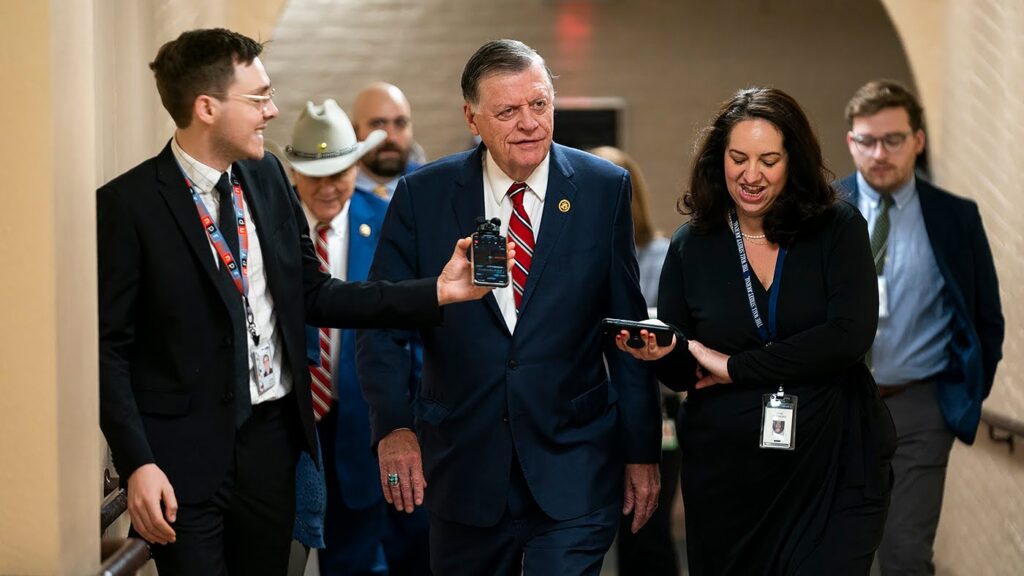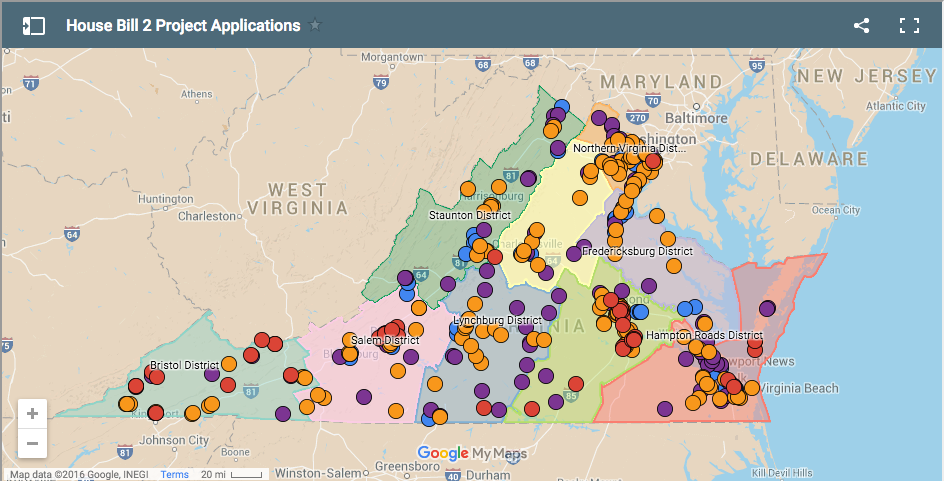
Virginia launches program to remove politics from transportation investment decisions

This week Virginia DOT released a list of recommended projects across the state, the result of a new process to objectively screen and score transportation projects based on their anticipated benefits.
It may not sound like big news that a state has carefully measured the results it expects from billions of dollars in capital investments. Unfortunately, nearly all states rely instead on byzantine funding formulas and decades-old project lists, rather than measurable return-on-investment, to award funds for highway and transit projects. That means that this common sense change is a big one for the transportation system.
“This new law [HB 2 passed in 2014] is revolutionizing the way transportation projects are selected,” said Gov. Terry McAuliffe (D) in a statement on the release of the project scoring results. “Political wish lists of the past are replaced with a data-driven process that is objective and transparent, making the best use of renewed state funding.”

Fiscal year 2017 project applications and results of the analysis are mapped by location on the HB2 projects page.
It is not just the selection process itself that is novel; Virginia is also opening up its process to public review in a way that few states have. With its consumer-friendly website, virginiahb2.org, the DOT explains the process, eligible projects, and scoring factors used in ranking projects. This week, the list of recommended projects and their scores were also put online. The public will have opportunities to weigh in on the recommended projects before the final project list is approved by the Commonwealth Transportation Board in June.
Some of the top projects, based on total benefits, were adding high occupancy/toll (HOT) lanes along the I-66 corridor in Fairfax County; widening I-64 in Hampton Roads; extending Virginia Railway Express commuter rail service to Haymarket; and adding a second entrance to the Ballston Metro station. The number-one ranked project—the project with the greatest benefit per cost—is a small, locally requested road improvement project at the elementary school in the town of Altavista.
The new objective scoring process is the result of key reform bills passed by the general assembly: HB2, passed unanimously by the general assembly in 2014 and HB1887 passed last year. These bills instructed VDOT and the Commonwealth Transportation Board to create a new process to rank projects of all types, in each region of the state, on five key measures: economic development, safety, accessibility, congestion mitigation, and environmental impact. State funds are awarded to both statewide priorities and local needs that have the highest measurable benefits. We cover both bills in more detail in two Capital Ideas reports.
“We must ensure that every step we take is measured by its return on investment,” said House Speaker William Howell in 2013 prior to HB 2’s introduction. “Resources are too scarce and taxpayer dollars too precious to be thrown away on poorly planned transportation projects. Projects should have clearly defined goals and metrics that can be measured in an objective fashion. A ‘good idea’ is not good enough anymore.”
Virginia’s new process is part of a growing trend. As legislators throughout the country look for ways to get the maximum benefit out of ever-more-limited transportation funds and build trust and accountability in the way the dollars are spent, many are looking to new ways to measure project benefits and prioritize needs. Massachusetts’ Project Selection Advisory Council is developing a new process for ranking projects in that state. Louisiana and Texas each passed new laws last year to add score and select transportation projects.
Virginia’s political leadership deserves great credit for taking on this common sense reform and placing the public benefit in front of short-term political gains.



